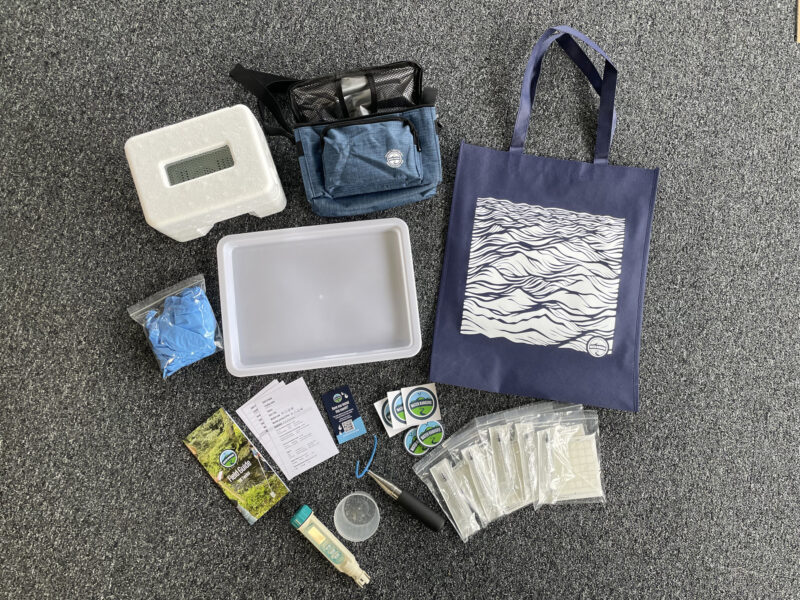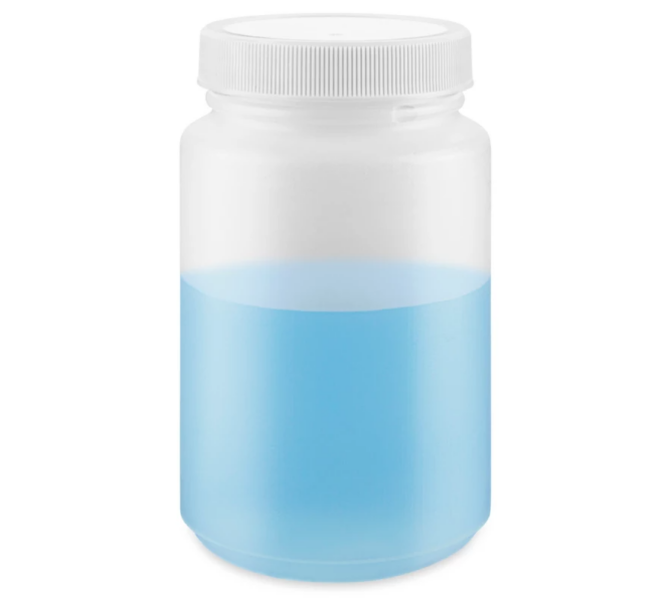E.coli
What is E.coli?
E. coli (Escherichia coli) is a bacteria and is in the fecal coliform subgroup. It lives in the intestines of warm-blooded mammals, including humans. While E.coli is healthy and naturally occurring, it can make us sick if we ingest it in our drinking waters or are exposed to it while swimming or engaging in other recreational water activities. E. coli plays a central role in measuring the health risks associated with sewage and contamination for natural water bodies, such as lakes, rivers, swimming holes, and marine beaches.
Why is E.coli important in recreational water monitoring?
E.coli is naturally occurring in our environment. E.coli is a reliable indicator of fecal contamination in our water bodies, namely from sewage. In other words, we can measure E.coli in water to understand if wastewater and stormwater have polluted a water body. E.coli is primarily used to monitor levels of fecal contamination in freshwater.
Water quality is like the weather. It can change quickly and frequently, so monitoring for E.coli and other fecal coliforms at the beach needs to be done frequently.
Guidelines for monitoring E.coli at beaches, rivers, lakes, and swimming holes were developed based on epidemiological evidence. This science relates the concentrations of these fecal coliform bacteria to the incidence of swimming-associated gastrointestinal illness, such as diarrhea, observed among swimmers.
How can we measure health risks at the beach using E.coli?
The concentration of E.coli in a water sample is typically measured per 100ml. Methods to measure E.coli include membrane filtration (CFU), multi-tube fermentation (MPN), and more rapid processing methods like qPCR methods.
In Canada, the federal government guidelines, Guidelines for Canadian Recreational Water Quality, for E.coli are the following:
E.coli Guidelines for Primary-Contact Recreation∗
- Geometric mean concentration (minimum 5 samples) ≤ 200 E. coli /100 mL
- Single sample maximum concentration ≤ 400 E. coli /100 mL
Countries, states, and provinces have their own standards and protocols, but most are very similar when it comes to quantifying E.coli at the beach.
E.coli sample collection and processing protocol
There are many sample collection and processing methods available for quantifying E.coli concentration in water. However, to date, most require a laboratory to process results.
The most common methods for measuring the concentration of E.coli in water bodies are :
- Membrane filtration
- Multi Tube fermentation, such as IDEXX Laboratories colilert methods.
- Quantitative Polymerase Chain Reaction (qPCR)
These are known as “persistent” methods, and they enumerate the number of E.coli in the samples. Results from these methods are available between 4 to 48 hours.
Models for predicting the concentration of E.coli at beaches and other recreational water sites are also used to forecast water quality. These models work just like weather forecasting does. Using historical water quality data, current and historical weather data, and other parameters such as geography and currents, the water quality can be forecasted. Predictive models are able to offer information to beachgoers about what is happening right now and can even forecast up to two days ahead.
Testing E.coli with Water Rangers’ E.coli testkit
In 2025, Water Rangers release an E.coli testkit, using the ROTH R-Card™ rapid test method. This approach allows volunteers to process samples at home using a small, cost-effective incubator and report their findings. The R-Cards provide a reliable indication of E. coli levels in the samples. Their affordability enables multiple tests to be conducted, helping to identify potential ‘points of interest’ before employing more precise testing methods.



